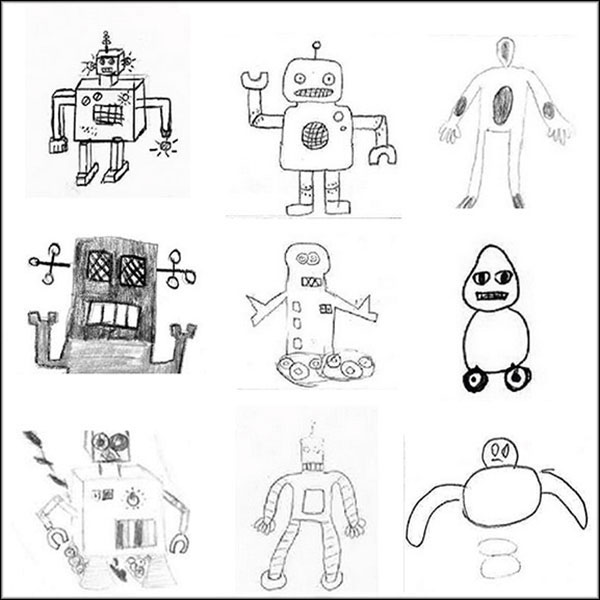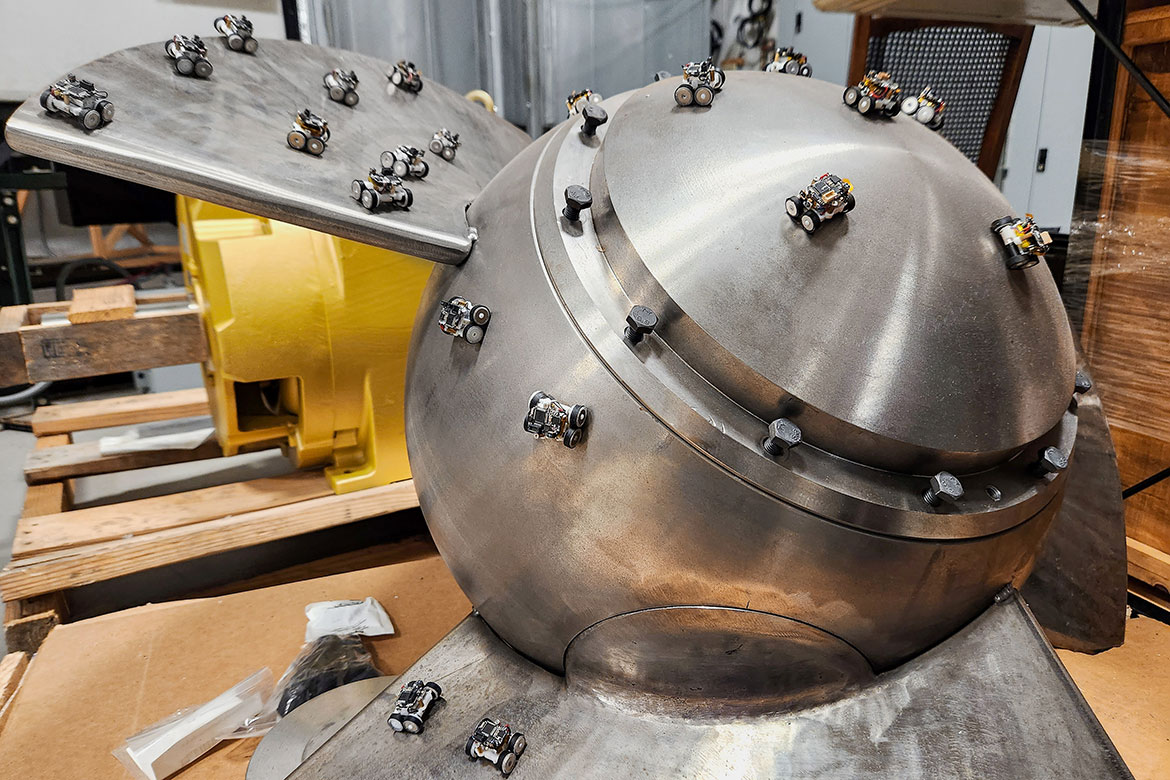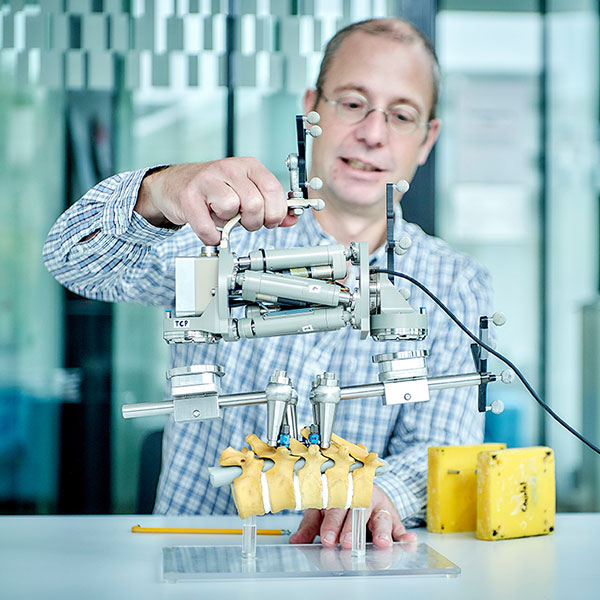ROBOTICS
The robot inspired by the earthworm
Researchers are using polymers to develop a robot that can move like an earthworm

Look, no motors! These polymers bend under the influence of heat, and can thereby make this robot move like an earthworm. | Image: zVg
A flexible, resistant robot capable of slipping in and out of places: This is what the team of Professor Christoph Weder from the Adolphe Merkle Institute has developed in collaboration with scientists from Case Western Reserve University (Cleveland, USA), inspired by earthworms.
There is considerable interest in soft and flexible robots because the way they move makes them potentially useful in many applications: pipe inspection, search and rescue missions, underground exploration or biomedical procedures, e.g., endoscopy or colonoscopy. To develop them, scientists face a major challenge: combining mobility and flexibility. In principle, however, the motors that enable robots to move are rigid elements.
Two polymers with different coefficients of expansion
Weder’s team have managed to work around this problem by using flexible actuators made of polymer bilayers: elements that contain two different types of material in two joined layers. The two materials expand differently in response to an external stimulus, e.g., moisture, heat, light or mechanical force. It was heat that the scientists used in this project to set their robots in motion. They joined two polymers with very different coefficients of thermal expansion. When exposed to an electrical heat source, the robots moved forward by sequentially contracting and expanding their segments – just like earthworms.




